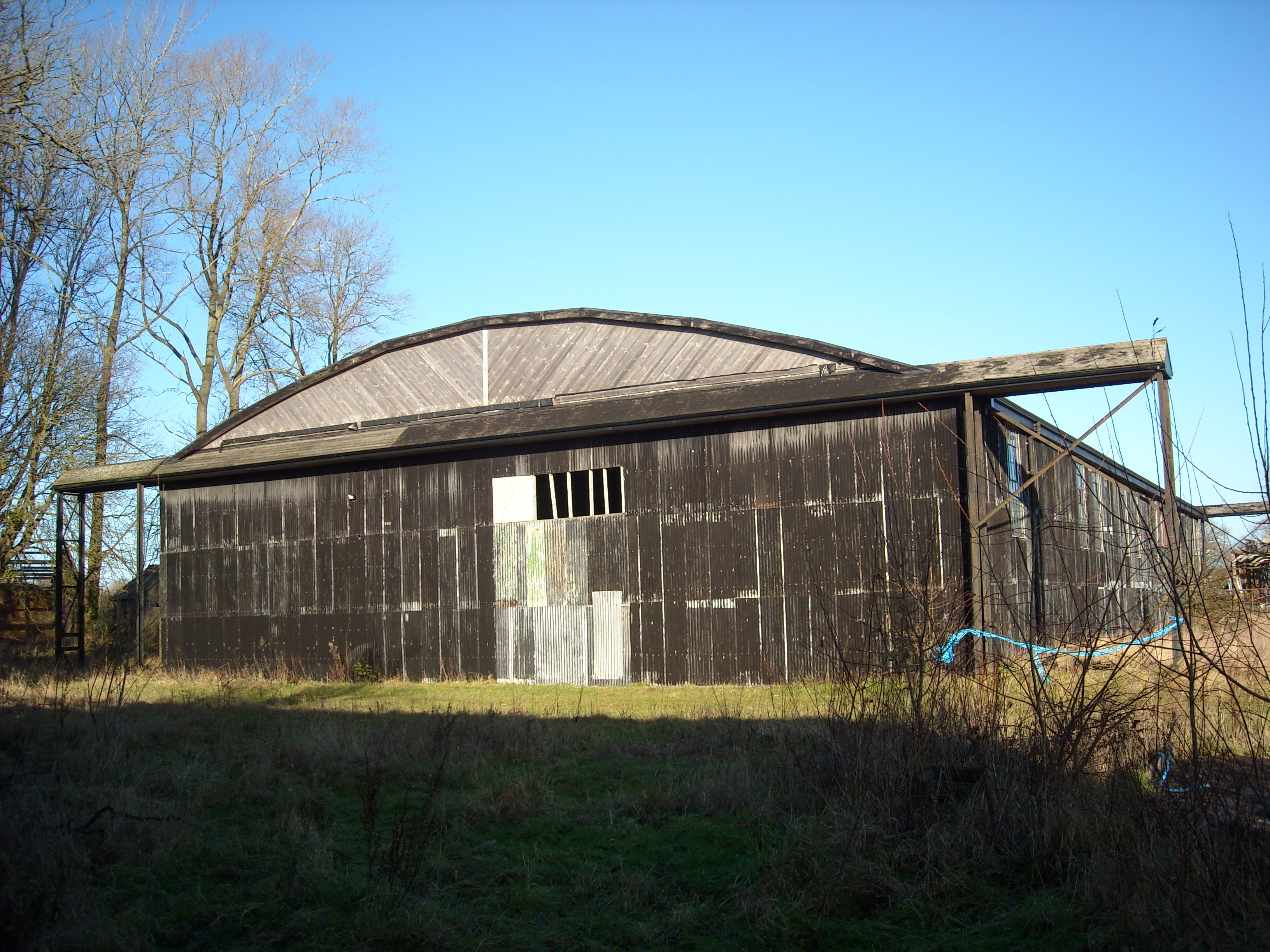|
HMS Sultan (shore Establishment)
HMS Sultan is a shore base of the Royal Navy in Gosport, Hampshire, England. It is the primary engineering training establishment for the Royal Navy and home to the Network Rail Advanced Apprenticeship Scheme and the EDF Energy engineering maintenance apprenticeship. It is expected that HMS Sultan will close in the near future, but "no earlier than 2029". The site was originally RAF Gosport it was then transferred to the Royal Navy during 1945 as HMS Siskin (Hence a nearby school being named Siskin School) it was then renamed HMS Sultan on 1 June 1956 when the airfield side was closed down and a Mechanical Repair Establishment was moved here from the Flathouse area by Portsmouth Dockyard. ''A Better Defence Estate'', published in November 2016, indicated that the Ministry of Defence intend on disposing of HMS Sultan by 2026. It was proposed that Submarine Engineer Training would move to HM Naval Base Clyde in 2024, Mechanical Engineering Training to HMS ''Collingwood'' in 2025 ... [...More Info...] [...Related Items...] OR: [Wikipedia] [Google] [Baidu] |
Gosport
Gosport ( ) is a town and non-metropolitan borough on the south coast of Hampshire, South East England. At the 2011 Census, its population was 82,662. Gosport is situated on a peninsula on the western side of Portsmouth Harbour, opposite the city of Portsmouth, to which it is linked by the Gosport Ferry. Gosport lies south-east of Fareham, to which it is linked by a Bus Rapid Transit route and the A32. Until the last quarter of the 20th century, Gosport was a major naval town associated with the defence and supply infrastructure of His Majesty's Naval Base (HMNB) Portsmouth. As such over the years extensive fortifications were created. Gosport is still home to and a Naval Armament Supply Facility, as well as a Helicopter Repair base. The Town area of the Borough, including Newtown, consists of the town centre, Stoke Road shopping area, Walpole Park, Royal Clarence Yard and three modern marinas: Royal Clarence, Gosport Marina and Haslar Marina. As part of the ''Renaissa ... [...More Info...] [...Related Items...] OR: [Wikipedia] [Google] [Baidu] |
RAF Yatesbury
RAF Yatesbury is a former Royal Air Force airfield near the village of Yatesbury, Wiltshire, England, about east of the town of Calne. It was an important training establishment in the First and Second World Wars, and until its closure in 1965. For a time in the 1950s, part of the site became RAF Cherhill. First World War The Royal Flying Corps began pilot training at Yatesbury in 1916. Formations included No. 99 Squadron RAF, No. 99 Squadron, and No. 7 Squadron RAAF, No. 7 and No. 8 Squadron RAAF, No. 8 squadrons of the Australian Flying Corps. The aerodrome's site was farmland on the north side of the A4 road (England), A4 road, south of Yatesbury village. There were two airfields, East Camp and West Camp, each with buildings and hangars. Two target areas were marked out. Training continued until 1919, then squadrons were sent to Yatesbury to be disbanded. The station closed in 1920 and returned to farmland. The following units were here at some date before th ... [...More Info...] [...Related Items...] OR: [Wikipedia] [Google] [Baidu] |
Bristol Blenheim
The Bristol Blenheim is a British light bomber aircraft designed and built by the Bristol Aeroplane Company (Bristol) which was used extensively in the first two years of the Second World War, with examples still being used as trainers until the end of the war. Development began with the ''Type 142'', a civil airliner, in response to a challenge from Lord Rothermere to produce the fastest commercial aircraft in Europe. The ''Type 142'' first flew in April 1935, and the Air Ministry, impressed by its performance, ordered a modified design as the ''Type 142M'' for the Royal Air Force (RAF) as a bomber. Deliveries of the newly named Blenheim to RAF squadrons commenced on 10 March 1937. In service the Type 142M became the Blenheim Mk.I which would be developed into the longer Type 149, designated the Blenheim Mk.IV, except in Canada where Fairchild Canada built the Type 149 under licence as the Bolingbroke. The Type 160 Bisley was also developed from the Blenheim, but was already o ... [...More Info...] [...Related Items...] OR: [Wikipedia] [Google] [Baidu] |
Lockheed Hudson
The Lockheed Hudson is a light bomber and coastal reconnaissance aircraft built by the American Lockheed Aircraft Corporation. It was initially put into service by the Royal Air Force shortly before the outbreak of the Second World War and primarily operated by it thereafter. The Hudson was a military conversion of the Model 14 Super Electra airliner, and was the first significant aircraft construction contract for Lockheed — the initial RAF order for 200 Hudsons far surpassed any previous order the company had received. The Hudson served throughout the war, mainly with Coastal Command but also in transport and training roles, as well as delivering agents into occupied France. It was also used extensively with the Royal Canadian Air Force's anti-submarine squadrons and by the Royal Australian Air Force. Design and development In late 1937 Lockheed sent a cutaway drawing of the Model 14 to various publications, showing the new aircraft as a civilian aircraft and converte ... [...More Info...] [...Related Items...] OR: [Wikipedia] [Google] [Baidu] |



